



ISP chip and SoC
In the semiconductor and embedded systems areas, ISP chips and SoCs (System on Chip) are common terms thrown around. The two have different scopes, and yet they are also closely related. The first one focuses on image processing and optimization, while the second one is a system-level design done in a highly integrated manner. A comprehensive knowledge of their properties and interrelations is a prerequisite for the successful design of modern electronic product architecture.
1. Definition and Tasks of the ISP Chips
An ISP (Image Signal Processor) chip is mostly used to develop CMOS or CCD image sensor original data. The signals output from sensors frequently include noise, color interference, and they have a dynamic range which is generally too large: the images must not be displayed or directly compressed. ISP chips use a collection of formulas and circuits to process raw images into more desirable data that can be used by other applications.
Key functions include:
- Noise removal and artifact removal: Suppress sensor noise, remove banding or ghosting.
- Auto white balance (AWB): Adjust for coloration to avoid natural color fabrication.
- Auto exposure (AE): Automatically adapt the exposure parameters to light.
- Auto focus (AF): Realize perfect subject focusing whether in the hardware or software level.
- HDR (High Dynamic Range) composition: Get the stunning look and range of HDR advanced with one click.
- Color calibration and sharpening: Enhance color accuracy and sharpness.
High-quality cameras, professional surveillance equipment, and other industrial applications often use multi-gigabit serial links with the notion of an external ISP chip.
2. Definition and Characteristics of SoCs
It is a highly integrated chip architecture, which integrates CPU, GPU, memory controller(s), communication interface, and even accelerator/ISP modules into one chip. Its arrival has greatly shrunk the size and power levels of systems and enhanced performance in a more cost-effective manner.
Main advantages of SoCs include:
- High level of integration: Integrates processor, memory-interface, and peripheral controllers on-chip to save PCB area.
- Low power design: Uses less power than traditional multi-chip solutions, suitable for mobile applications.
- Optimized performance: Integrates CPU, GPU, ISP, and AI accelerators for different app requirements.
- Cost-effectiveness: Fewer chips outside the MCU will cut down BOM (Bill of Materials).
SoCs are the workhorses inside everything from smartphones and tablets to automotive computing platforms and IoT devices.
3. The Association of ISP Chip and SoC
The term ISP chip does not exclude SoCs. ISP modules are increasingly becoming part of SoCs to support image processing, with the improvement in semiconductor technology. Smartphones are a typical example:
Independent ISP chips: Are there in the first place: in earlier ends or high-end products, a scenario where high-quality images are desired. For example, some digital SLR (DSLR) cameras and top-tier surveillance systems currently use separate ISPs for superior image quality.
SoCs with integrated ISPs: Most mobile devices use the internal ISP of the SoC. Notable SoCs (such as Qualcomm Snapdragon, Apple A-series, and HiSilicon Kirin) all have high-performance ISPs. It is cost-effective and has better performance in data transfer.
In the above sense, ISPs can be standalone chips or parts of an SoC. It all varies based on the product position, design, and how much that quality could be given.
4. Application Scenarios Compared
Independent ISP chip scenarios:
- High-definition surveillance
- Industrial inspection and machine vision
- High-end digital cameras
- Automotive driver-assistance camera systems
Features: Strong processing ability, can be upgraded like that of a PC, but more expensive and consumes more electricity.
SoC with built-in ISP scenarios:
- Smartphone cameras
- Connected home products (e.g., doorbell camera, security camera)
- Consumer drones
- VR/AR devices
Features: Low power, small area, and low cost; however, the ultimate quality of images may not reach the level of separate ISPs.
5. Future Development Trends
With the advances in AI and imaging technology, the demarcation between ISPs and SoCs is fading away:
- AI-based ISPs: AI algorithms are integrated into conventional ISPs enabling more intelligent scene recognition and real-time optimization.
- Multi-ISP parallel processing: Supporting multiple cameras for panoramic and stereo photography at the same time.
- Integration of the ISP into a more capable SoC: For future applications, in such device platforms as camera phones, SoCs may contain stand-alone image signal processor chip-level processing capability.
- Customization and diversification: The capability of manufacturers to adjust ISP algorithms that produce unique imaging styles as their engines of competition.
Conclusion
ISP chips and SoCs have different but mutually reinforcing value in the current electronic product landscape. Private ISPs highlight their maximum image processing performance, which is good for professional areas with high-quality requirements. SoCs, on the other hand, are developed to feature high integration and performance tradeoffs, for consumer-oriented mainstream applications. With the development of technology, ISP and SoC will be increasingly integrated and together will offer high-efficiency image processing, low power consumption, and cost-effective features in emerging smart devices used to play a more important role.

Please contact us if the source is mislabeled or violates your legal rights.
We will promptly correct and delete, thank you.
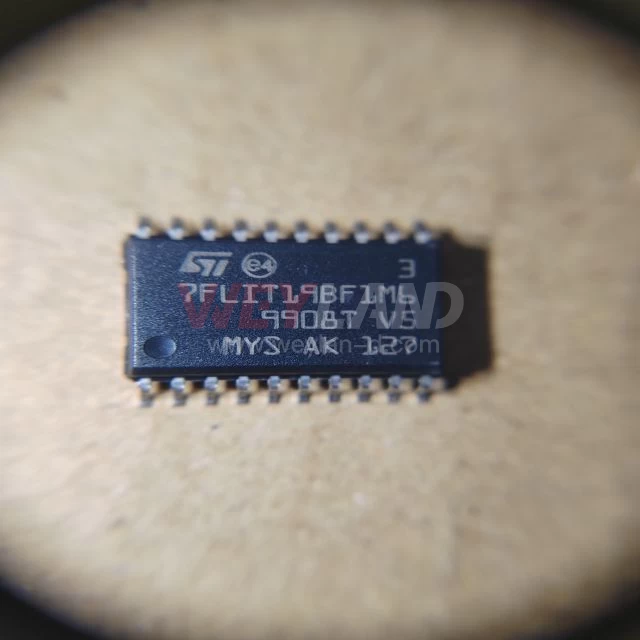
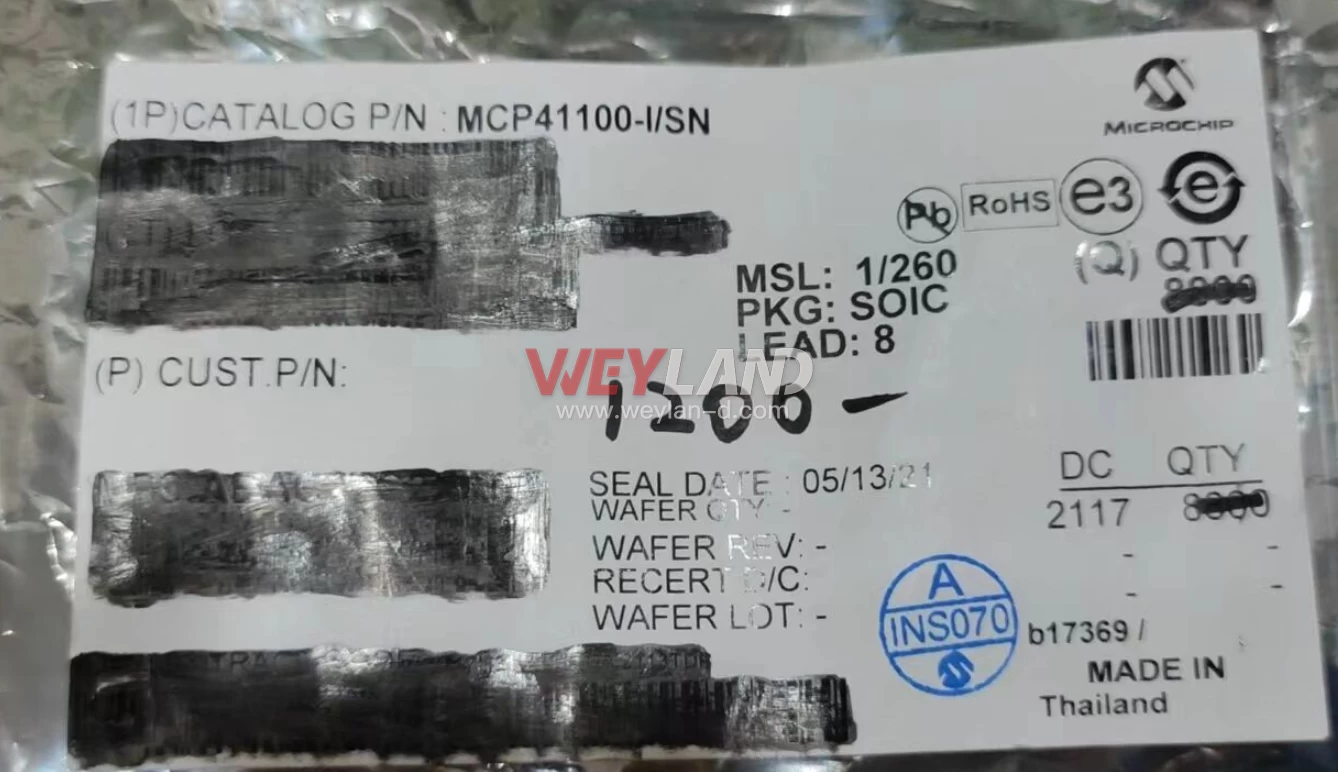
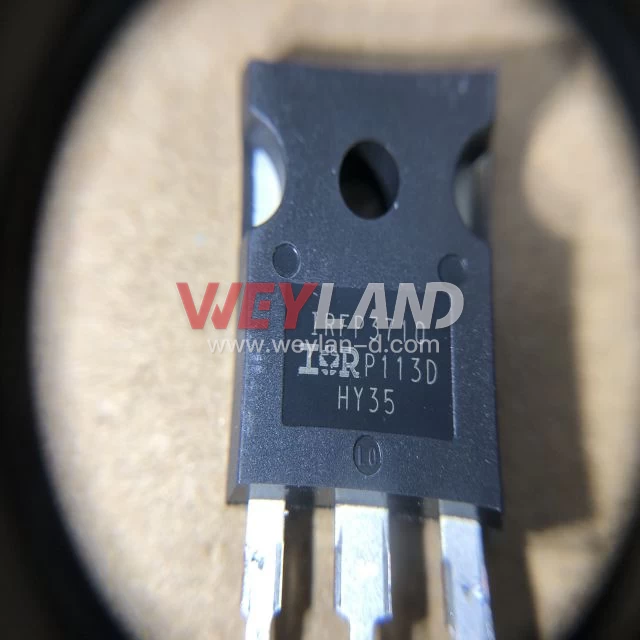
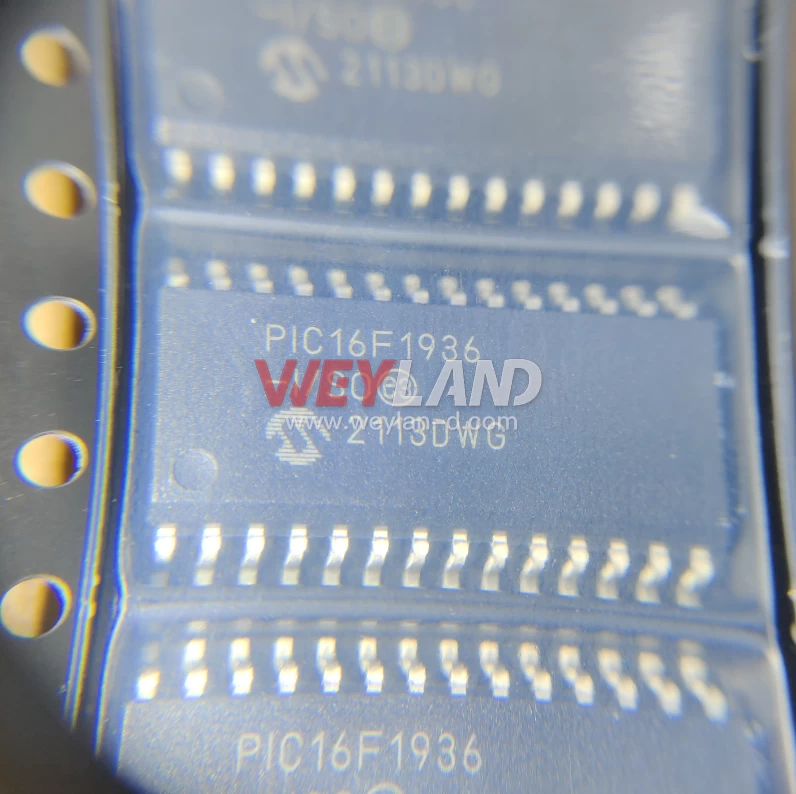

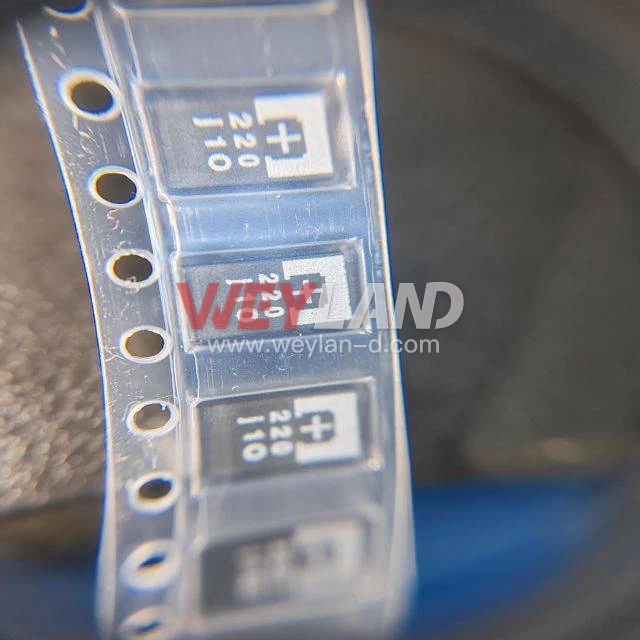
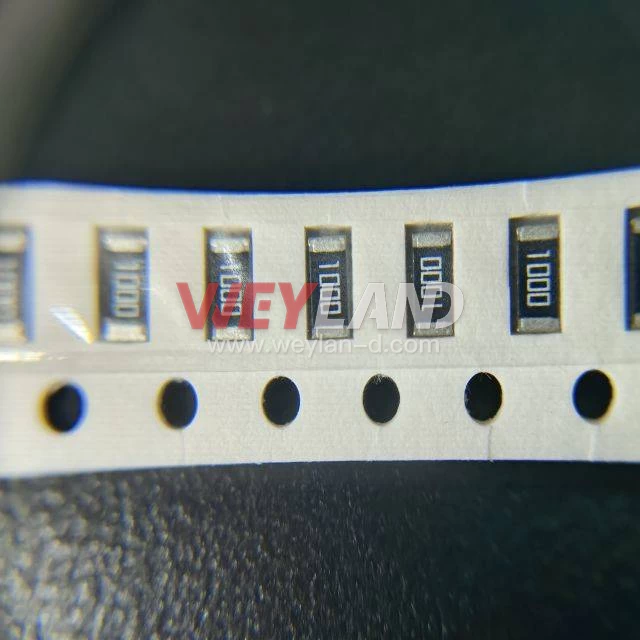
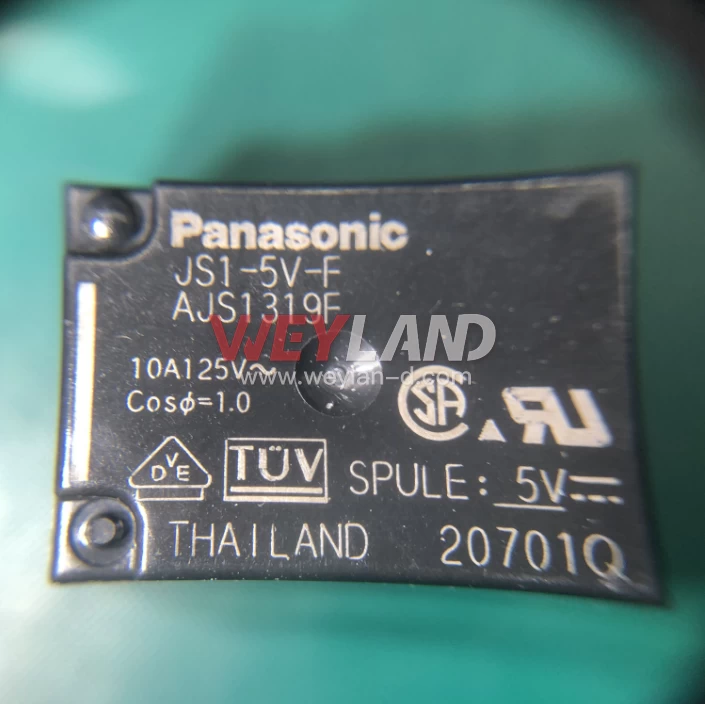
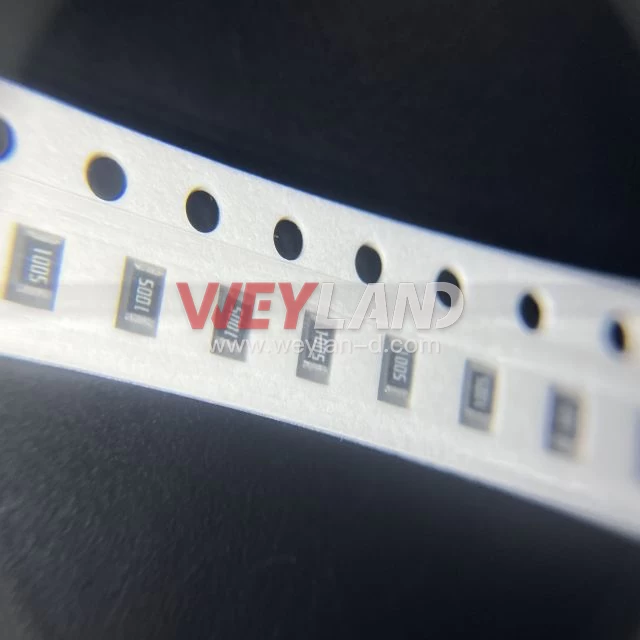
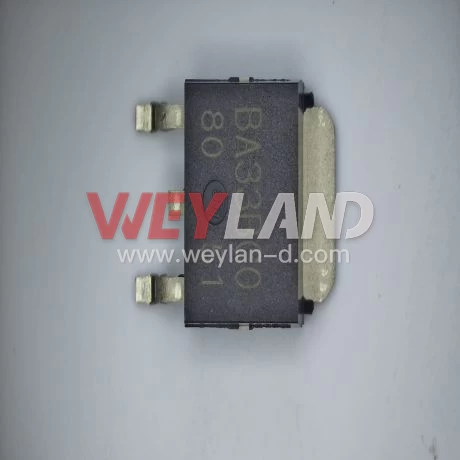
.9246509.png)












[email protected]
7500A BEACH ROAD #04-307 THE PLAZA SINGAPORE (199591)
RM 705.7/F.FA YUEN COMM BLDGNO.75-77.FA YUEN STREET.MONGKOK.KLN.HONG KONG
